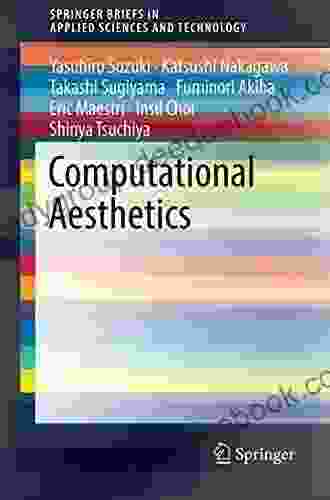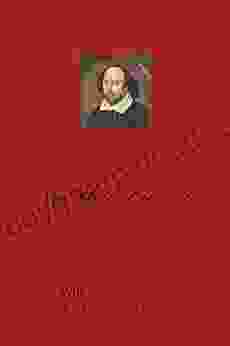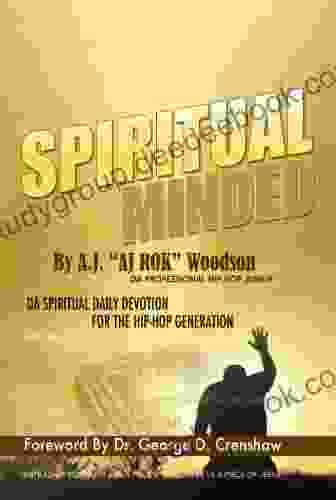Computational Aesthetics: Exploring the Connection between Mathematics and Beauty

Computational aesthetics is a relatively new field of study that investigates the use of computational methods to create and analyze beauty. It draws on a variety of disciplines, including mathematics, computer science, psychology, and art.
5 out of 5
| Language | : | English |
| File size | : | 13762 KB |
| Text-to-Speech | : | Enabled |
| Screen Reader | : | Supported |
| Enhanced typesetting | : | Enabled |
| Print length | : | 94 pages |
One of the most basic questions in computational aesthetics is: what makes something beautiful? There is no single answer to this question, but researchers have identified a number of factors that contribute to our perception of beauty.
One factor is symmetry. Symmetrical objects are often considered to be more beautiful than asymmetrical objects. This is likely because symmetry is a sign of order and predictability, which are qualities that we find appealing. Another factor is complexity. Objects that are too simple or too complex can be difficult to appreciate. The ideal level of complexity is one that allows us to see the overall structure of the object without getting lost in the details.
In addition to symmetry and complexity, other factors that can contribute to our perception of beauty include:
- Color
- Shape
- Texture
- Motion
Computational aesthetics researchers use a variety of methods to study beauty. These methods include:
- Computer modeling
- Data analysis
- Behavioral experiments
Computer modeling can be used to create virtual environments that can be manipulated to test different hypotheses about beauty. Data analysis can be used to identify patterns in people's preferences for different objects. Behavioral experiments can be used to measure how people respond to different aesthetic stimuli.
Computational aesthetics has a wide range of applications, including:
- Product design
- Web design
- Architecture
- Art
By understanding the principles of computational aesthetics, designers can create products and environments that are more appealing to people. This can lead to increased sales, improved productivity, and a better quality of life.
The Golden Ratio
The golden ratio is a special number that is approximately equal to 1.618. It is often found in nature and art, and it is considered to be a symbol of beauty. The golden ratio can be used to create visually pleasing compositions in a variety of media, including painting, photography, and graphic design.
One of the most famous examples of the golden ratio in art is the Mona Lisa by Leonardo da Vinci. The golden ratio can be found in the proportions of her face, body, and hands. This gives the painting a sense of balance and harmony.
The golden ratio can also be found in architecture. For example, the Parthenon in Athens, Greece, was designed using the golden ratio. This gives the building a sense of grandeur and beauty.
Fractals
Fractals are geometric patterns that repeat themselves at different scales. They are often found in nature, and they can be used to create beautiful and complex works of art.
One of the most famous examples of a fractal is the Mandelbrot set. The Mandelbrot set is a complex mathematical function that generates a variety of different shapes and patterns. These shapes and patterns can be used to create stunning works of art.
Fractals are also used in a variety of other applications, including:
- Computer graphics
- Medical imaging
- Materials science
Evolutionary Algorithms
Evolutionary algorithms are a type of artificial intelligence that is inspired by the process of natural selection. Evolutionary algorithms can be used to solve a variety of problems, including the creation of beautiful art.
One of the most famous examples of evolutionary art is the work of Karl Sims. Sims used evolutionary algorithms to create a variety of different creatures that evolved over time. These creatures were not only beautiful, but they were also able to move and interact with their environment.
Evolutionary algorithms are also used in a variety of other applications, including:
- Product design
- Medical research
- Financial modeling
Computational aesthetics is a fascinating field of study that explores the relationship between mathematics and beauty. It has a wide range of applications, from product design to art. By understanding the principles of computational aesthetics, we can create more beautiful and appealing products and environments.
5 out of 5
| Language | : | English |
| File size | : | 13762 KB |
| Text-to-Speech | : | Enabled |
| Screen Reader | : | Supported |
| Enhanced typesetting | : | Enabled |
| Print length | : | 94 pages |
Do you want to contribute by writing guest posts on this blog?
Please contact us and send us a resume of previous articles that you have written.
 Book
Book Novel
Novel Page
Page Chapter
Chapter Story
Story Library
Library Magazine
Magazine Newspaper
Newspaper Paragraph
Paragraph Sentence
Sentence Glossary
Glossary Foreword
Foreword Preface
Preface Footnote
Footnote Scroll
Scroll Codex
Codex Bestseller
Bestseller Classics
Classics Library card
Library card Narrative
Narrative Biography
Biography Autobiography
Autobiography Memoir
Memoir Reference
Reference Dictionary
Dictionary Thesaurus
Thesaurus Narrator
Narrator Character
Character Librarian
Librarian Stacks
Stacks Archives
Archives Periodicals
Periodicals Research
Research Scholarly
Scholarly Lending
Lending Reserve
Reserve Reading Room
Reading Room Interlibrary
Interlibrary Dissertation
Dissertation Awards
Awards Hp Mallory
Hp Mallory Abdul Razzak Rumane
Abdul Razzak Rumane Liza Jones
Liza Jones John Deacon
John Deacon Debbie Dadey
Debbie Dadey Dr Bhratri Bhushan
Dr Bhratri Bhushan Serge Prengel
Serge Prengel Oswald Sobrino
Oswald Sobrino Jon Savage
Jon Savage Adam Ockelford
Adam Ockelford Daniel Levy
Daniel Levy Holly Lloyd
Holly Lloyd A J Mcdine
A J Mcdine Alexios Salvador
Alexios Salvador Bjas Addy
Bjas Addy C S Lewis
C S Lewis Paula Mclain
Paula Mclain Karen Desousa
Karen Desousa General
General Kirby Larson
Kirby Larson
Light bulbAdvertise smarter! Our strategic ad space ensures maximum exposure. Reserve your spot today!
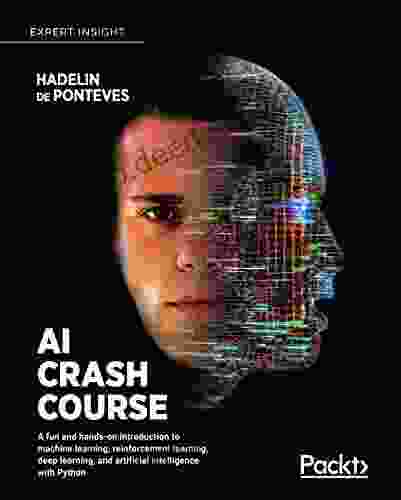
 Michael CrichtonFun and Hands-On Introduction to Machine Learning: Reinforcement Learning and...
Michael CrichtonFun and Hands-On Introduction to Machine Learning: Reinforcement Learning and... Samuel WardFollow ·10.3k
Samuel WardFollow ·10.3k Felix CarterFollow ·5k
Felix CarterFollow ·5k Pete BlairFollow ·19.7k
Pete BlairFollow ·19.7k Francis TurnerFollow ·11.8k
Francis TurnerFollow ·11.8k Garrett BellFollow ·17.3k
Garrett BellFollow ·17.3k Bryce FosterFollow ·11.2k
Bryce FosterFollow ·11.2k Howard BlairFollow ·8.2k
Howard BlairFollow ·8.2k Pablo NerudaFollow ·18.4k
Pablo NerudaFollow ·18.4k
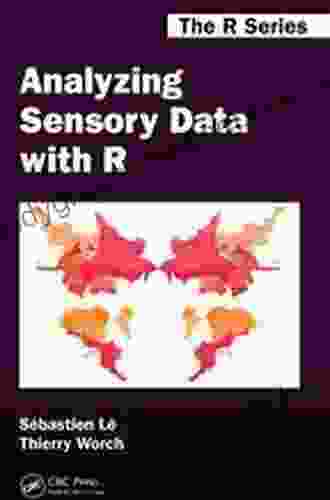
 H.G. Wells
H.G. WellsAnalyzing Sensory Data With Chapman Hall Crc The Series:...
Sensory data...

 Garrett Bell
Garrett BellThe Devil in the Flesh: A Haunting Tale from the Depths...
Nestled amidst the...
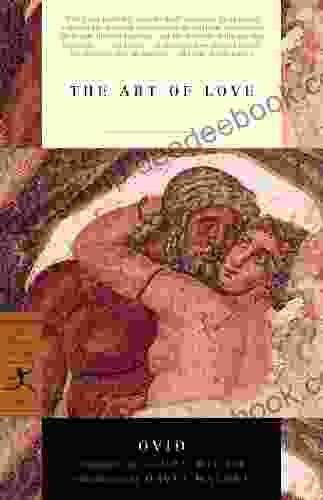
 Quentin Powell
Quentin PowellThe Art of Love: A Journey into Intimacy, Desire, and the...
Love is one of the most...

 Bobby Howard
Bobby HowardRV Inspection Deal Breakers: A Comprehensive Guide to...
Purchasing a recreational vehicle (RV)...
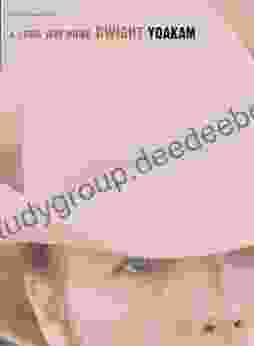
 Jordan Blair
Jordan BlairLong Way Home: A Journey Through the Piano and Vocal...
The piano and vocal chords are two of...
5 out of 5
| Language | : | English |
| File size | : | 13762 KB |
| Text-to-Speech | : | Enabled |
| Screen Reader | : | Supported |
| Enhanced typesetting | : | Enabled |
| Print length | : | 94 pages |


